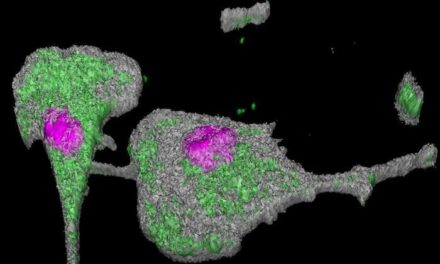Most Middle East Respiratory Syndrome (MERS) coronavirus patients admitted to the hospital exhibited fever (98%), chills/rigors (87%), cough (83%), shortness of breath (72%), and muscle pain (32%), according to Saudi and UK scientists. They also noted that a quarter of patients also experienced gastrointestinal symptoms, including diarrhea and vomiting. These findings are from detailed clinical data published in The Lancet Infectious Diseases.
Investigators performed the largest case series to date, reporting epidemiological, demographic, clinical, and laboratory characteristics of 47 cases of MERS-CoV infections. The authors also worked to identify knowledge gaps and define research priorities.
The study also also revealed some important differences with severe acute respiratory syndrome (SARS). As with SARS, MERS infections presented with a wide spectrum of symptoms. However, the majority of MERS cases (96%) occurred in people with underlying chronic medical conditions including diabetes (68%), high blood pressure (34%), chronic heart disease (28%), and chronic renal disease (49%).
“In contrast to SARS, which was much more infectious especially in healthcare settings and affected the healthier and the younger age group, MERS appears to be more deadly with 60% of patients with co-existing chronic illnesses dying, compared with the 1–2% toll of SARS,” said Ziad Memish, MD, the Deputy Minister for Public Health from the Kingdom of Saudi Arabia, who led the research.
“Although this high mortality rate with MERS is probably spurious due to the fact that we are only picking up severe cases and missing a significant number of milder or asymptomatic cases, so far there is little to indicate that MERS will follow a similar path to SARS.”









